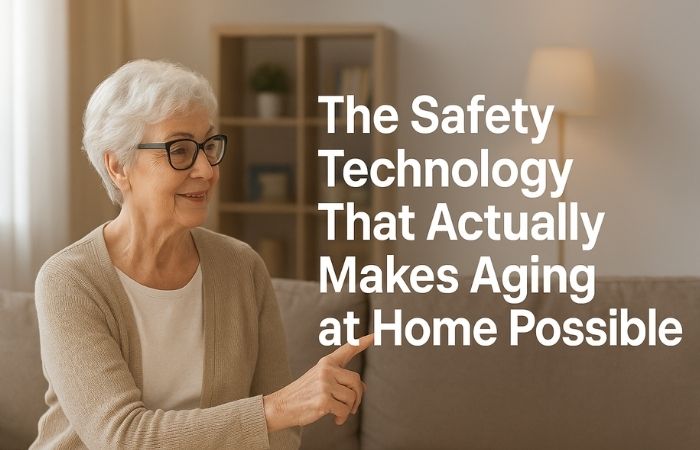The video has become the most engaging and captivating type of content so no one in modern society can stand living a day without watching something. While sipping a morning coffee, driving to work, or waiting in a queue in a supermarket, we all keep ourselves busy by looking at our screens. But what will drive you crazy is that more than 50% of Americans watch videos with captions on. And that is not the case when you are learning foreign languages. The majority of people enjoy watching films exceptionally with subtitles even though the language of the content is their native one. So how did technology make it so necessary to watch captioned videos? Let’s find out together.
How Did Digitalization Induce Turning Subtitles On?
We can talk about the fact that watching with captions on is more convenient when not strictly following the video or when trying to understand the actors’ speech. But how come decades ago no one thought about film transcription?
Microphones Were Different
In the past, microphones used to be huge and heavy. Thus, in order to catch a sound properly, actors focused on pronouncing words directly to the sound recorders. If artists stayed far from mics, the viewers wouldn’t get a thing. But technology is not standing in the same place. Modern microphones can be hidden anywhere on the actors’ clothes giving them more freedom when acting. However, even though it sounds more natural, it is sometimes really difficult to recognize the speech when being mumbled (Tom Hardy is quite an example!)
Movie Theaters Have Become Less Popular
The sound that is produced for the film is mainly focused on being presented in the cinemas. Movie theaters have multiple channels through which they deliver the sound. That is why when watching the same video from a phone, you will never get the same audibility as your device will support only a few channels.
TVs Have Got Thinner
There is nothing bad about a TV being sleek and as thick as a phone. However, this greatly affects the quantity of the channels we emphasized in our previous paragraph. And while TVs are of such a size, they technically can’t hold huge sound channels. Moreover, most television models have sound output located at the back of the screen. Thus, it influences the quality of what you are listening to.
So all those reasons and many others just leave us no choice but to turn the subtitles on.
What Are the Pros of Creating Captioned Videos?
Along with keeping up with the latest trends, adding captions to the video has so much more advantages. Here is why you should incorporate this practice into your video content.
- You will reach more audiences. By creating subtitles, you can lure international viewers for which watching content not in their native language can be a struggle.
- You will open the doors of equality. The only way to watch something on the Internet for people with hearing disabilities is to turn the subtitles on. So why would you limit this option to them?
- You will give viewers the possibility to watch your product with the sound off. And sometimes this is the only chance to scroll on social media. No need to put the headphones on or create a perfect and quiet place to watch some videos. This activity can be done with no sound.
- You will get a higher engagement rate. Needless to repeat, most Internet users choose to turn the captions on in order to follow the content comprehensively. And native speakers do it as often as people for whom English is a second language.
- You will increase the chances of selling your product. No doubt that when watching the video and simultaneously reading the info, you are getting your viewers straight to the point. Such videos are also more clickable so knowing how to add subtitles to video for free will boost your conversion rate.
Ideal Subtitles: What Are They?
While creating captions is not a complex process, you still have to know some simple tricks that will stand you out among other video creators. So here are the features your captions should have.
Subtitles Should Be Readable
The simple and at the same time complex rule of ideal subtitles says that they should be easy to read. When talking about readability it is essential to keep in mind the following standards.
First of all, the captions should be synchronized with the video. What is the point of subtitles if they are not in line with the content? Thus, they lose their value. They should also stay for several seconds on the screen so viewers could catch them.
What is most important, subtitles have to be correct and proofread. Never neglect grammar rules or punctuation when creating video captions. We all know that “punctuation saves lives.” So this is wrong to think that not putting commas or semicolons is acceptable.
And for sure, subtitles should be accurate. They indeed have to convey the speaker’s language with 100% accuracy.
Characters Should Be Defined
Even though you get who is saying what, it doesn’t mean there is no necessity to identify the speaker. This is especially helpful when several people are talking. If there is no exact name of a person, you can simply put a general label like “teacher”, “blogger”, “seller”, and so on.
Captions Should Be Properly Placed
The idea of adding subtitles is in delivering your content in a more proper way. That is why your subtitles should be complementary to the video you are showing. A general rule for placing the titles is to put them in the bottom middle of the screen. But you can move for some scenes the captions to the top if they don’t let the viewers see the picture. When there are no words in the video, feel free to leave the screen with no subtitles.
Final Words
As technology is developing, we need to put subtitles on videos. They are a great tool to increase your viewers’ engagement level and conversion rate. And who wouldn’t want that?




